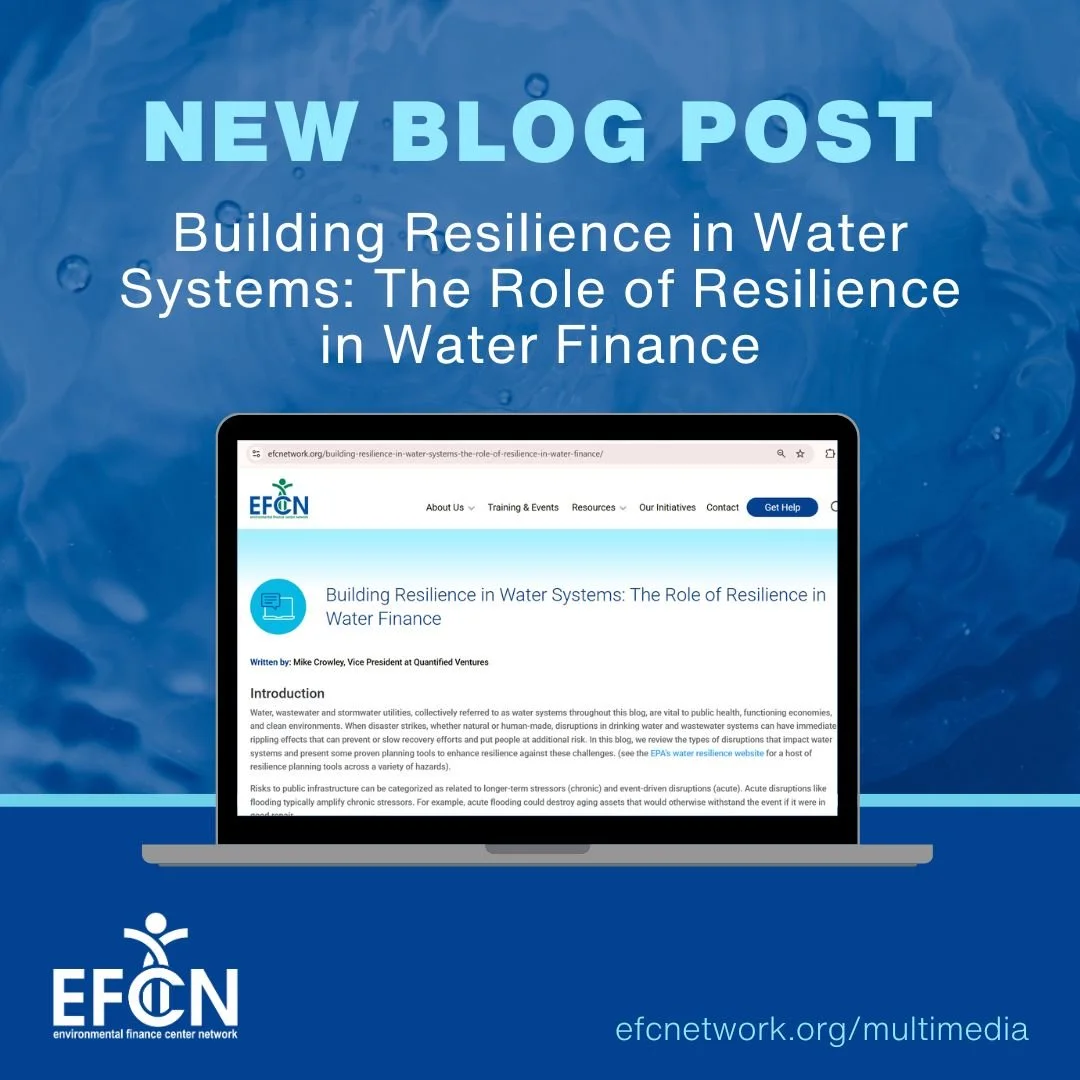
Blog
The End of Climate Finance as Usual: QV Looks Ahead to 2026
As 2025 comes to a close, we see opportunities everywhere. A rapid evolution in climate and environmental finance has led to the most interesting, practical innovations emerging from the places closest to land, water, food, and community infrastructure. In this blog we take a closer look at 3 of our partnerships to demonstrate where the field of climate finance innovation is heading.
Is Climate Over?
I’ve had hundreds of conversations this year that started like someone consoling a little leaguer after a tough loss. And honestly, I get it. People feel like the momentum around climate has evaporated. Like the work has gone into hiding. The federal spigots are closing. Words like “climate” and “equity” are being scrubbed from websites. The mood has shifted from optimism to caution to something that looks a lot like despair. But here’s the thing: climate’s not dead. Not even close.
Introducing QV Health Solutions
Effective August 1, 2025, all eight current members of Quantified Ventures’ Health and Human Services team will spin off into a new company, QV Health Solutions, LLC.
Build for Tomorrow, Starting Today: The Opportunity and the Imperative for Impact Investors in the United States
It’s no wonder that impact investors (ok, nearly all investors) are being cautious with how they deploy capital in the United States these days. Uncertainties driven by shifts in federal policy, significant public sector employee reductions, and large pullbacks in federal funding make this a tumultuous time – especially for those investors with an interest in seeing both financial and social impact returns.
Building Resilience in Water Systems: The Role of Resilience in Water Finance
Water, wastewater and stormwater utilities, collectively referred to as water systems throughout this blog, are vital to public health, functioning economies, and clean environments. When disaster strikes, whether natural or human-made, disruptions in drinking water and wastewater systems can have immediate rippling effects that can prevent or slow recovery efforts and put people at additional risk.
How Broadband Can Deliver Clean Water and Tackle Workforce Shortages
Broadband internet and water systems may seem like an odd pairing, but they’re inseparable when it comes to tackling challenges like aging infrastructure, workforce shortages, and the growing impacts of climate change. As affordability becomes an even greater concern, reliable fiber optic broadband offers a transformative solution to modernize water systems, enhance efficiency, and bridge urban-rural divides.
2024 Year in Review
Tee Thomas reflects back on 2024, her first year as CEO and QV's 10th year of breaking through barriers to drive impact for people and planet. These select 2024 highlights are emblematic of the passion, expertise, and collaborative spirit that define QV and our partners.
Scaling Climate Resilience and Sustainable Conservation in Sentinel Landscapes
Climate and resilience project developers must be open to engaging non-traditional partners and tools to bring outcomes-aligned financing and funding to fruition. QV's work with multi-sector partners in and around Sentinel Landscapes highlights the potential of this approach to enhance conservation and climate resilience at scale.
A New Equation for Sustainable Health Solutions
By blending philanthropic donations, public grants, and private (sometimes concessionary) capital, Community Based Organizations (CBOs) can build a capital stack that enables program growth, retains mission fidelity, and aligns all parties around achievement of beneficial societal outcomes. In New Orleans, QV worked with partners to develop an innovative capital model to launch and sustain a Family Focused Recovery program.
Bridging the Gap: Broadband Investments as Catalysts for Climate Action
The connection between broadband investments and climate change is multi-faceted. By promoting remote work, enabling smart infrastructure, fostering sustainable agriculture, supporting environmental education, and facilitating vehicle and appliance electrification, broadband is a crucial tool in our collective efforts to address climate change.
Importance of Funding Clean Water Infrastructure in Under-Resourced Communities
QV, the Coalition for Green Capital, and PRE Collective, with $1.3 million in financial support from the Robert Wood Johnson Foundation, will work with six green banks in a cohort model to provide expertise and capacity building support that prepares these institutions to strategically deploy GGRF funding to clean water infrastructure projects in under-resourced communities.
Environmental Infrastructure Project Pipeline Swells with Greenhouse Gas Reduction Fund Poised to Funnel Dollars from Green Banks to Natural Climate Solutions
QV is thrilled to see the influx of $20 billion in Greenhouse Gas Reduction Fund climate funding leveraged in tandem with green banks and community development financial institutions to maximize benefits for climate, communities, and pollution reduction.












